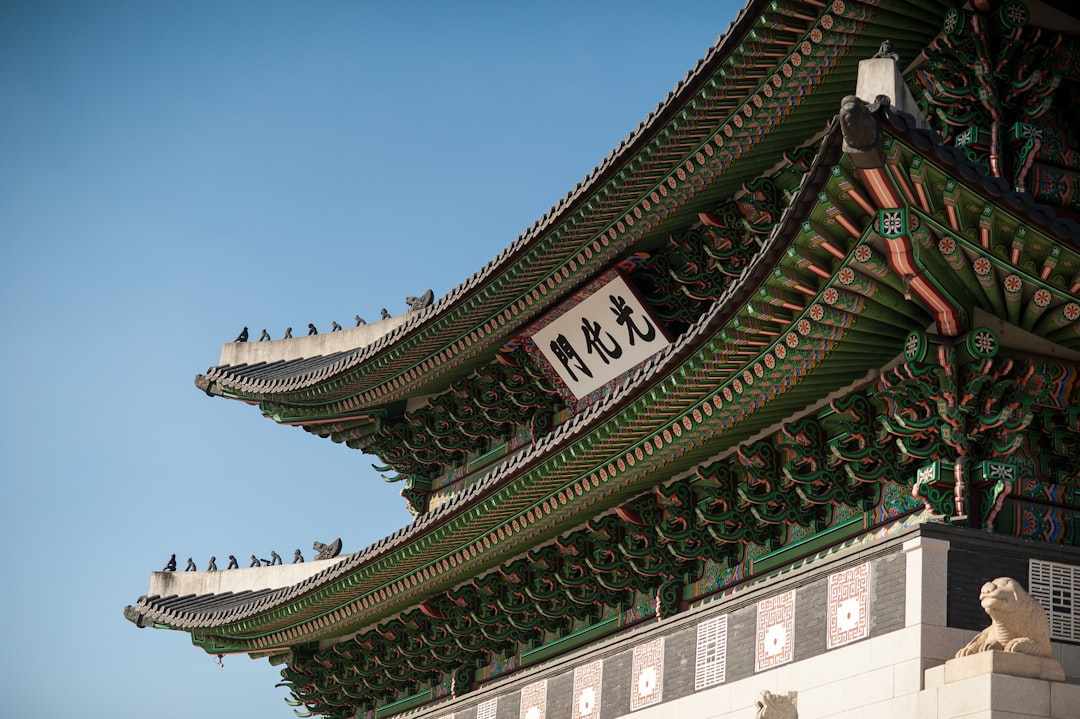(SOUTH KOREA) South Korea recorded a sharp rise in arrivals from mainland China after Seoul launched a temporary visa waiver for tour groups, with Chinese visitors up 16.4% in September 2025 year-on-year to 525,396. Officials introduced the Seoul visa-free measure to draw more travelers during China’s peak holiday season and to support the recovery of local tourism.
The program began on September 29, 2025, and runs through June 30, 2026, letting qualifying group travelers enter without a visa for short stays. The timing was deliberate: the waiver came just ahead of China’s National Day holiday period starting October 17, 2025, when outbound demand typically climbs.

Who the policy covers
- Eligibility: Chinese tour groups of three or more people, organized by designated travel agencies.
- Mainland stay length: Up to 15 days per stay.
- Jeju exception: Jeju Island remains visa-free for both individuals and groups for up to 30 days—unchanged by the new rules.
- Program period: September 29, 2025 – June 30, 2026.
The waiver is framed as a targeted, time-limited tool rather than a full reopening of visa-free travel.
Officials emphasize group control to ensure travelers follow set routes and lodging plans arranged by approved operators. This also provides clear contact points if itinerary changes or issues arise.
Context and rationale
- China provided reciprocal short-stay waivers for South Korean visitors since November 2024. Seoul’s measure reflects a broader thaw in two-way travel.
- The limited, group-based approach allows authorities to:
- Test demand
- Manage entry flows
- Work with vetted agencies
According to analysis by VisaVerge.com, this approach offers a clear draw for short-term trips while keeping controls in place.
Early results and expected trends
- September 2025 arrivals from China rose 16.4% year-on-year to 525,396, despite the program starting late in the month.
- September still trailed August 2025, when 613,177 Chinese tourists visited—about one-third of all foreign arrivals.
- Reasons for the August-to-September lag:
- New group products take time to package, market, and book.
- Many Chinese travelers plan around school calendars and sales campaigns.
- Analysts expect a steadier rise through winter and spring as new itineraries and discounts roll out.
Industry response and supply-side adjustments
Korean businesses acted quickly to capture demand:
- Hotels and resorts pushed short-stay packages geared to 3–5 day trips.
- Department stores and duty-free shops launched welcome campaigns and bundle deals (cosmetics, electronics, fashion).
- Bus operators and rail lines added capacity on popular routes linking airports, city centers, and attractions.
- Travel agencies marketed themed tours—pop culture, food, nature, wellness—designed within the 15-day limit.
Tour suppliers and carriers report early positive signs:
- Designated agencies note faster inquiries and a pickup in late-autumn bookings.
- Airlines are fine-tuning schedules and testing extra charter flights around shopping festivals and school breaks.
Economic and regional impact
- Mainland China remained South Korea’s largest source of inbound travelers: about 2.18 million visitors in H1 2025 (~24% of total arrivals).
- The new waiver provides a clear signal for hotels, retailers, and transport operators to add staff and inventory for late 2025 and early 2026.
- Regional benefits:
- Resort towns and heritage sites along standard routes see higher demand.
- City governments are promoting visitor distribution to ease crowding and support smaller businesses (timed entries, guided routes to markets and cultural streets).
Security, health, and operational notes
- There are no credible reports tying these visitors to higher crime or health risks, despite online rumors.
- Officials and industry leaders say professional operators have incentives to keep standards high and avoid problems.
- Key operational advice for travelers:
- Book through an approved designated agency.
- Confirm the group itinerary and entry point comply with the rules.
- Carry documents such as return tickets and hotel confirmations arranged by the agency.
Official information and where to check updates
- South Korea’s immigration authority provides guidance through the Korea Immigration Service: https://www.immigration.go.kr.
- Travelers and agencies should review baseline rules, port-of-entry procedures, and any travel notices there.
- Industry groups also recommend checking airline and airport announcements to plan around busy hours and ensure smooth arrivals.
Key takeaways and traveler checklist
- The policy produced a clear early impact: a 16.4% increase in Chinese arrivals in September 2025, to 525,396.
- Expected momentum if airlines maintain capacity and airport processes stay smooth, particularly through winter and spring.
- Three practical points for prospective travelers:
- Use a designated agency.
- Confirm the 15-day stay limit on the mainland.
- Remember Jeju’s 30-day individual visa-free option is separate from the mainland group rule.
If performance holds, the program could support steady traffic into mid-2026, though officials have not announced any extension.
Frequently Asked Questions
This Article in a Nutshell
South Korea launched a targeted, temporary visa waiver on September 29, 2025, for Chinese tour groups to stimulate tourism during China’s peak holiday season. The program, valid until June 30, 2026, permits groups of three or more organized by designated agencies to stay on the mainland for up to 15 days, while Jeju’s 30-day visa-free policy remains unchanged. Early indicators show a 16.4% year-on-year increase in Chinese arrivals in September 2025 to 525,396, despite the late start. The private sector responded with short-stay packages, retail promotions, and added transport capacity. Officials frame the measure as time-limited to test demand, manage flows, and work with vetted agencies, with further monitoring expected through winter and spring.












